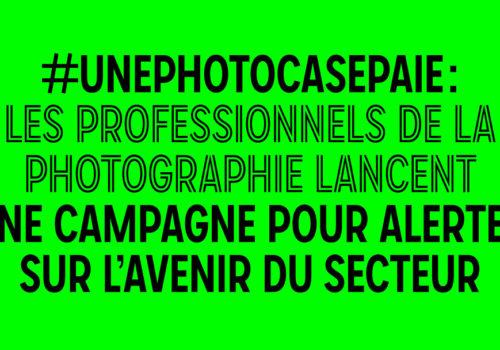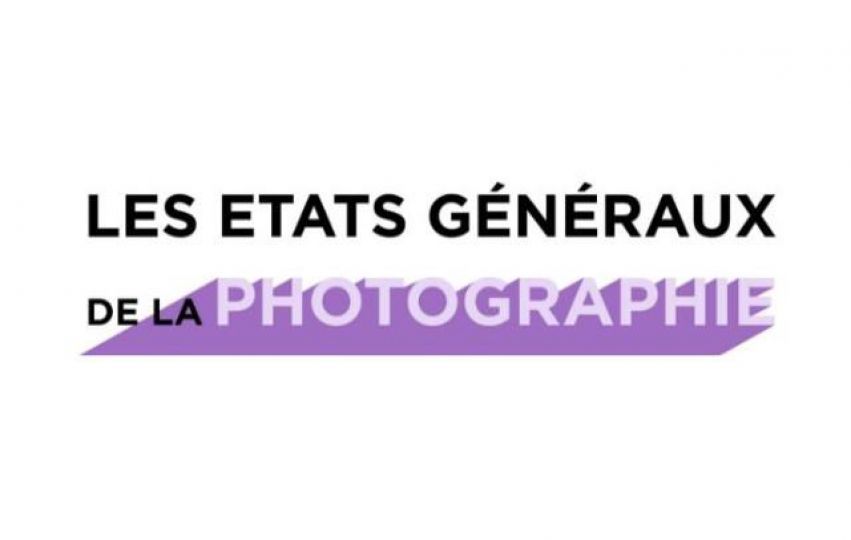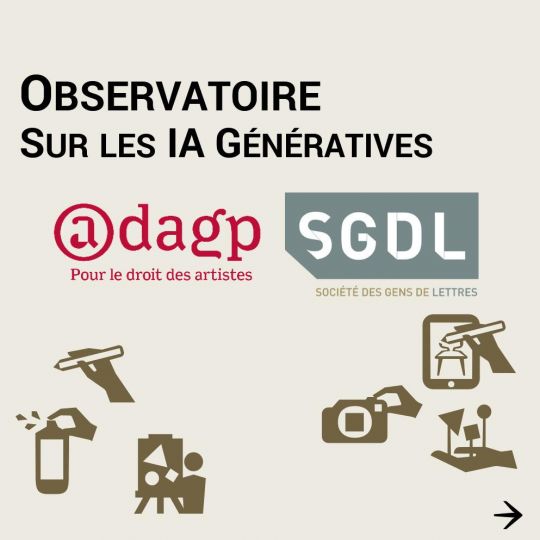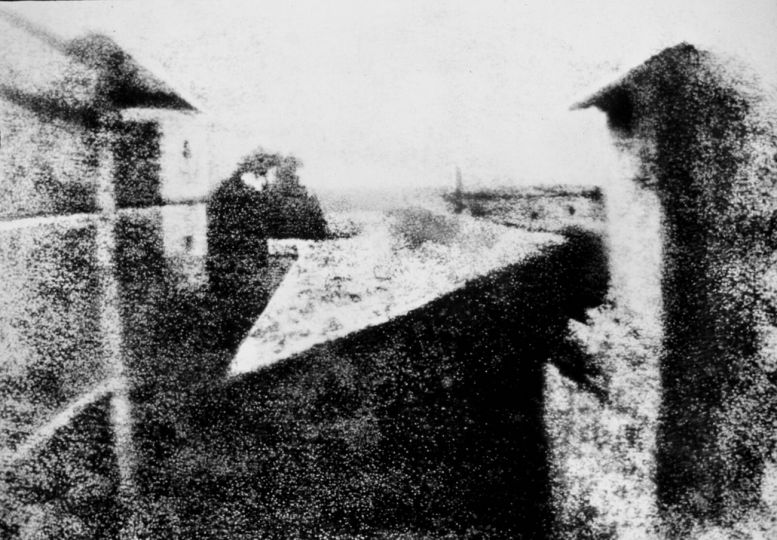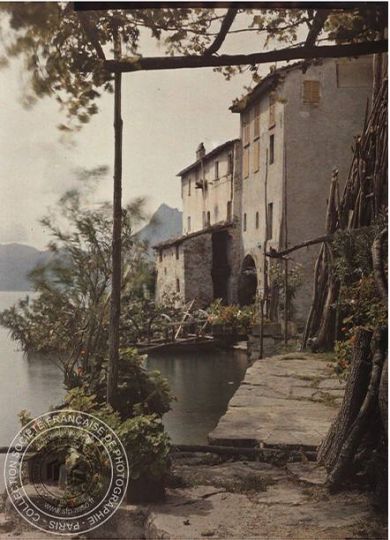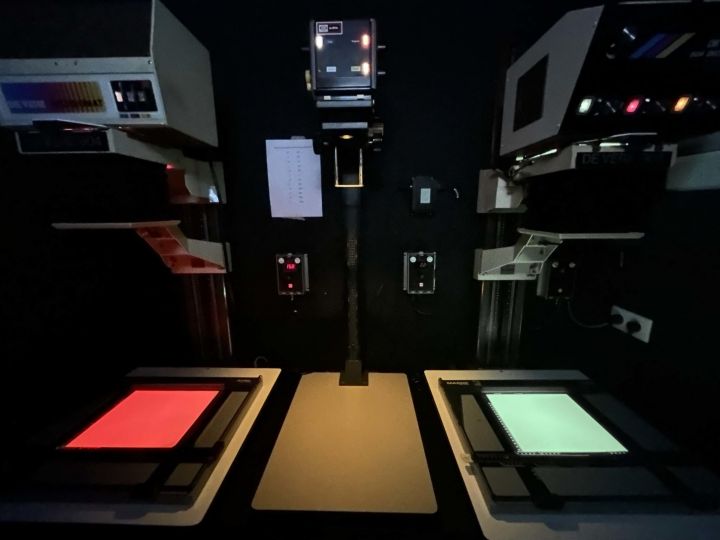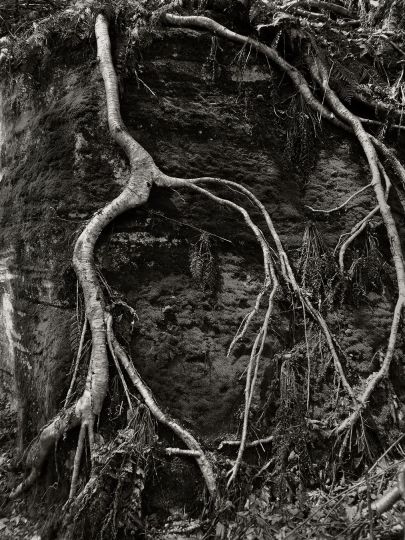“A photo must be paid for,” the ADAGP reminds us with this striking communication campaign, which for the third consecutive year highlights the lack of recognition for the works of photographers.
“We already pay you for the print version, we’re not going to pay you again for the web!” “No, this isn’t paid, but it will give you great visibility!” “It’s just a small edit, you’re not going to charge us for that!” These phrases, commonly heard in advertising agencies, editorial boards, or photo festivals, are unfortunately part of photographers’ everyday lives.
To bring their rights back to the forefront of discussions, ADAGP, the French society for the collection and distribution of copyright in the visual arts, will display these messages at the Rencontres d’Arles in July and on social media. This visually striking campaign marks the third year of “A photo must be paid for,” launched in collaboration with Les Agents Associés, CLAP, Les Filles de la Photo, France PhotoBook, the Diagonal network, Saif, and the Union of Professional Photographers (UPP). These organizations have joined the initiative started in 2022 by the ADAGP Photography Commission to raise awareness about the lack of recognition for the profession.
That year, the report on the financing of photographic production and distribution by Laurence Franceschini was published, highlighting a “worrying paradox for the sector” according to ADAGP. “While photography is central to our culture, with image circulation intensified by the digital revolution, photographers still do not benefit from a fair share of the value generated. Between 2001 and 2017, their incomes even decreased by 18%. The precariousness of the photography profession has been exacerbated by the rise of microstocks and other image banks offering numerous photos at very low prices (or even for free), from which even public institutions or media readily draw, without considering the highly detrimental consequences for photographers.”
This observation led the ADAGP Photography Commission to launch the first edition of the campaign: an opportunity to voice photographers’ concerns and demand measures from the Ministry of Culture, including raising awareness in the press sector about photography issues or encouraging cultural institutions to buy and distribute photographs from the French archives. The following year, the focus was on the issue of photo credits (limiting the use of “DR,” addressing metadata issues, etc.), noting that in 2022, according to ARCOM, “only 3% of photos published online were credited.”
With these colorful posters combining texts and photographs by Alexis Pazoumian, Julien Pebrel—who, in 2022, lamented the lack of information for young photographers about their rights—and Yohanne Lamoulère—who also questioned the paradox between the increasing number of photographers and the precariousness of the profession—ADAGP and partners hope to make a strong impression this year and highlight “compensation issues that are obvious in other cultural sectors but not applied to photographers.” This campaign can be discovered starting in July.
During the Rencontres d’Arles, discover the ADAGP program, including:
Wednesday, July 3 at 2 p.m. – Round table: “The dynamics of collective engagement among professionals in the photography sector”
34, rue du Docteur Fanton – Arles – Court Fanton.
Editorial Note:
“A photo must be paid for.” This is exactly the dilemma we face daily at L’Œil de la Photographie.
We do not pay photographers: we can’t afford to. It’s our dream that one day, subscriptions, agendas, banners, and partnerships will reach a level where it will be possible to remunerate photographers. We haven’t reached that level yet.
However, given our audience—the world’s first in our category—it leads to pleasant surprises. For example, this email received yesterday morning:
“Hi,
The edition of L’Oeil de la Photographie on Thursday, June 20, was especially wonderful for me. It introduced me to the work of Yasuhiro Ishimoto, and I immediately ordered two of his books!”
Jean-Jacques Naudet

